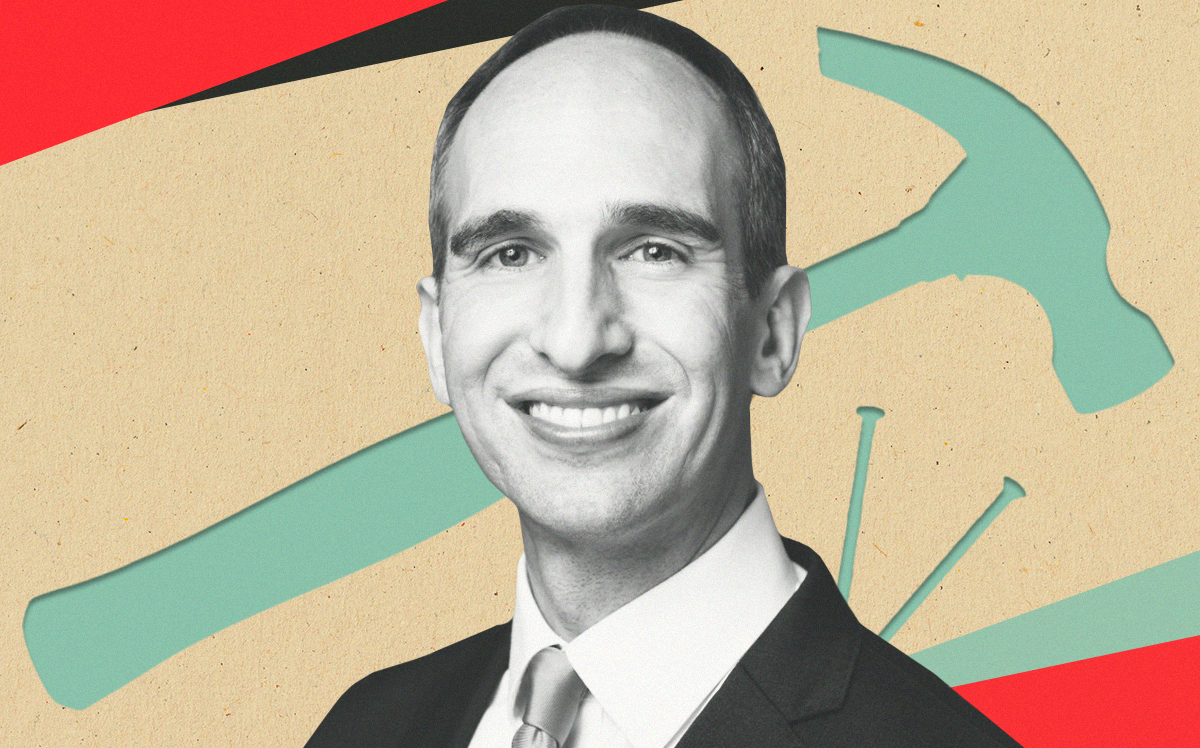In the nearly four years of the rent law, its anticipated impact has played out: Revenue-starved landlords have deferred repairs and not re-rented apartments, properties have depreciated and distress has cropped up.
Turns out those consequences aren’t unique to New York City.
An analysis by a suburban landlord group found Westchester owners and their properties have suffered similarly.
The Building and Realty Institute’s study revealed that owners filed 72 percent fewer requests for Major Capital Improvements, such as new boilers and roofs, in the first two years of the Housing Stability and Tenant Protection Act, which reduced the rent increase they can impose to recoup the cost of building-wide renovations.
Applications for MCIs across all rent-regulated buildings in New York dropped 66 percent in the same period, according to an annual report by the state Office of Rent Administration. The vast majority of such buildings are in New York City, but rent stabilization exists in some of its suburbs as well.
The report also cites state housing data that shows landlords spent 9 percent less on repair and maintenance bills in 2020 than in 2019. Expenditures in 2021 remained below 2019 levels.
The report authors acknowledge that Covid may have affected this data. Construction, for instance, stalled during 2020, which could have depressed repair work.
Still, the analysis concludes that the drop in dollars directed toward building-wide fixes “supports the prediction that changes in HSTPA will lead to lower levels of spending on property maintenance and improvement.”
Owners can now recoup just 2 percent each year of what they spend on fixes through rent hikes over a 12-year period, compared to 15 percent annually over eight years before the law changed.
Outstripped by inflation
New York City landlords have griped that the Rent Guidelines Board’s annual increases have failed to keep pace with climbing prices. BRI’s report shows Westchester owners have also seen regulated-rent growth lag inflation.
The report finds Westchester’s board bumped rents 425 percent over the past 50 years. Meanwhile, the consumer price index for the region climbed 547 percent.
The divergence between one-year increases and the inflation rate began in the early 1990s, then widened over the past several years. When the annual inflation rate hit 7 percent in 2021, the county’s rent board froze rents for the second year in a row.
As a result, landlords’ net income for the county’s approximately 400 rent-stabilized buildings dropped 7 percent to $43.5 million from 2020 to 2021, the report finds, as the increase in expenses outpaced revenue growth.
Plunging prices
In New York, the inability to raise rents on stabilized units has weighed on the value of rent-regulated buildings. Last month, brokers and landlord groups said early signs of distress had begun to hit the rent-stabilized market.
Data from Westchester’s MLS shows the sales price per rent-stabilized unit fell in the suburban county, too. While the median price for market price buildings rose about 20 percent to $169,000 per unit in 2021 from 2020, the median price for a rent-stabilized apartment dropped 14 percent to roughly $128,000 in the same period.
The report sums up the data with interviews in which Westchester landlords echo what city owners have claimed for years, that “limits on rent increases will jeopardize the financial stability of their buildings.”
That is, if they haven’t already.
Read more


